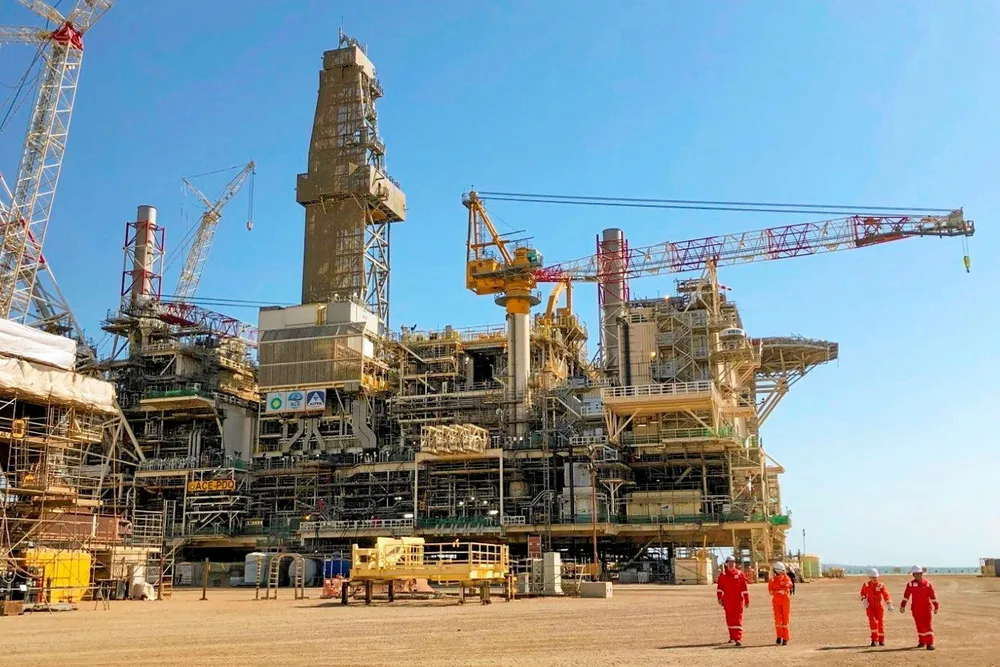BP on track to deliver more oil and gas offshore Azerbaijan
Incremental output at Azeri-Chirag-Guneshli project will flow to Europe to replace Russian hydrocarbons

Incremental output at Azeri-Chirag-Guneshli project will flow to Europe to replace Russian hydrocarbons
